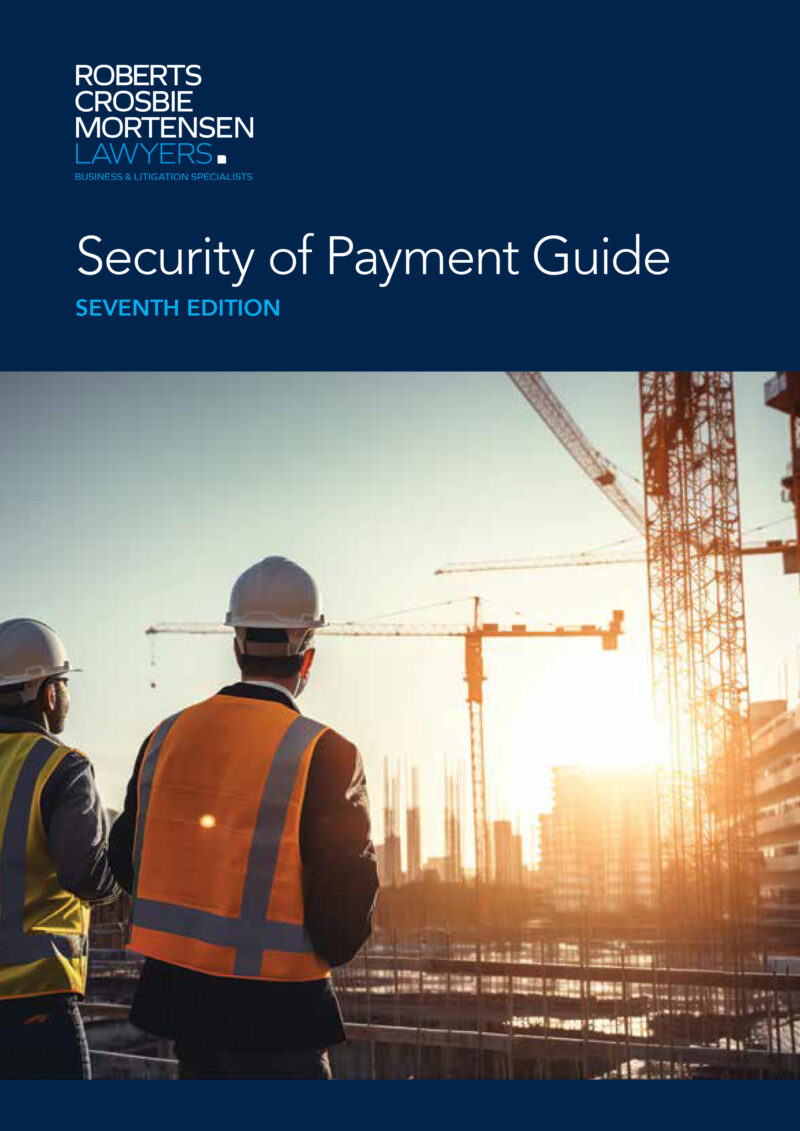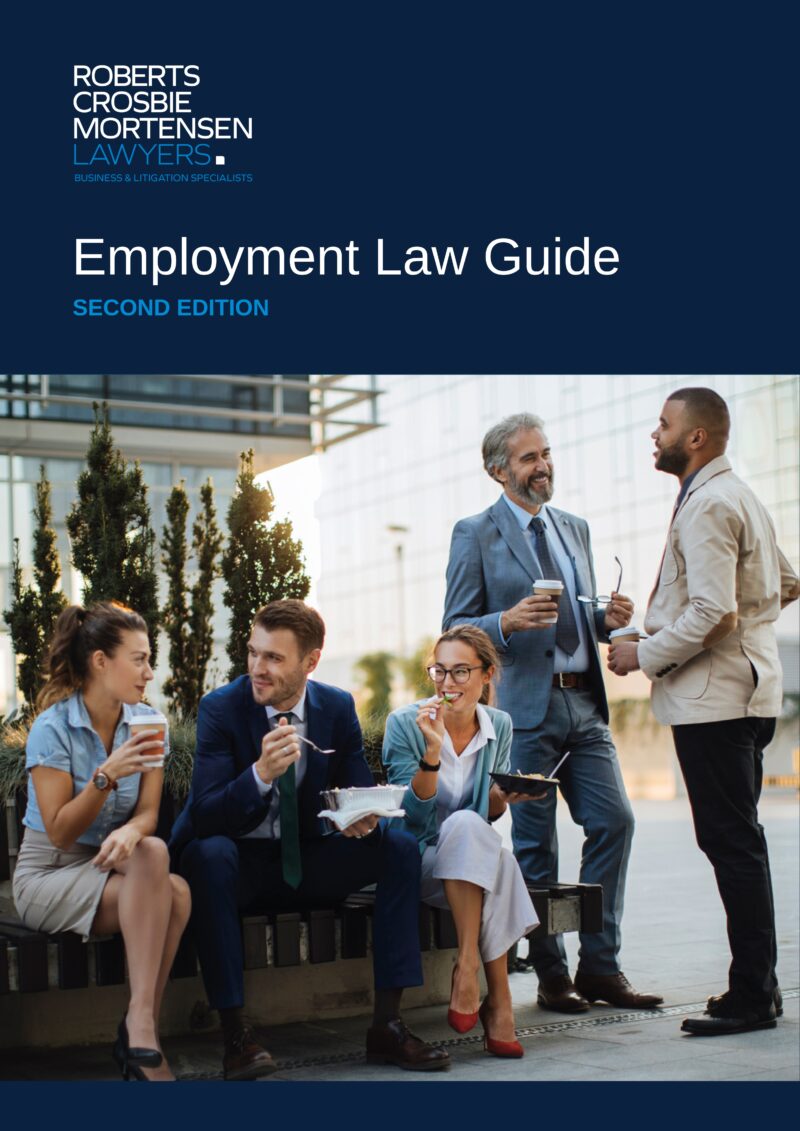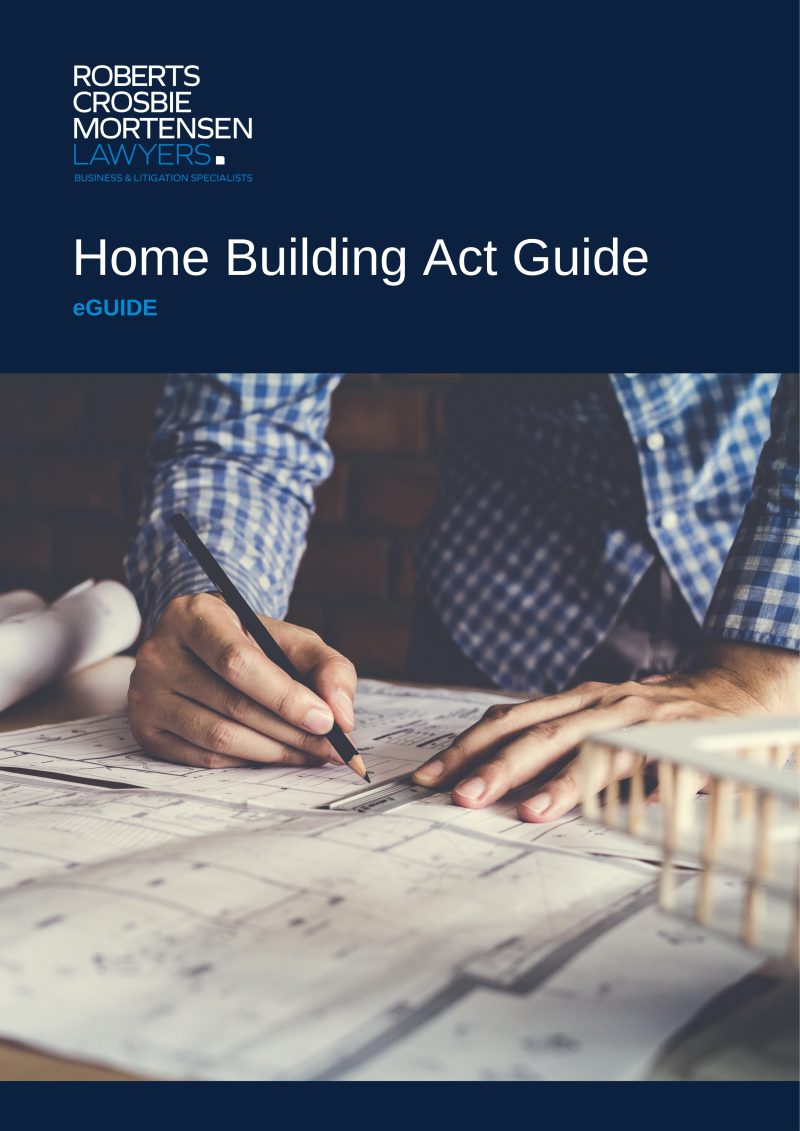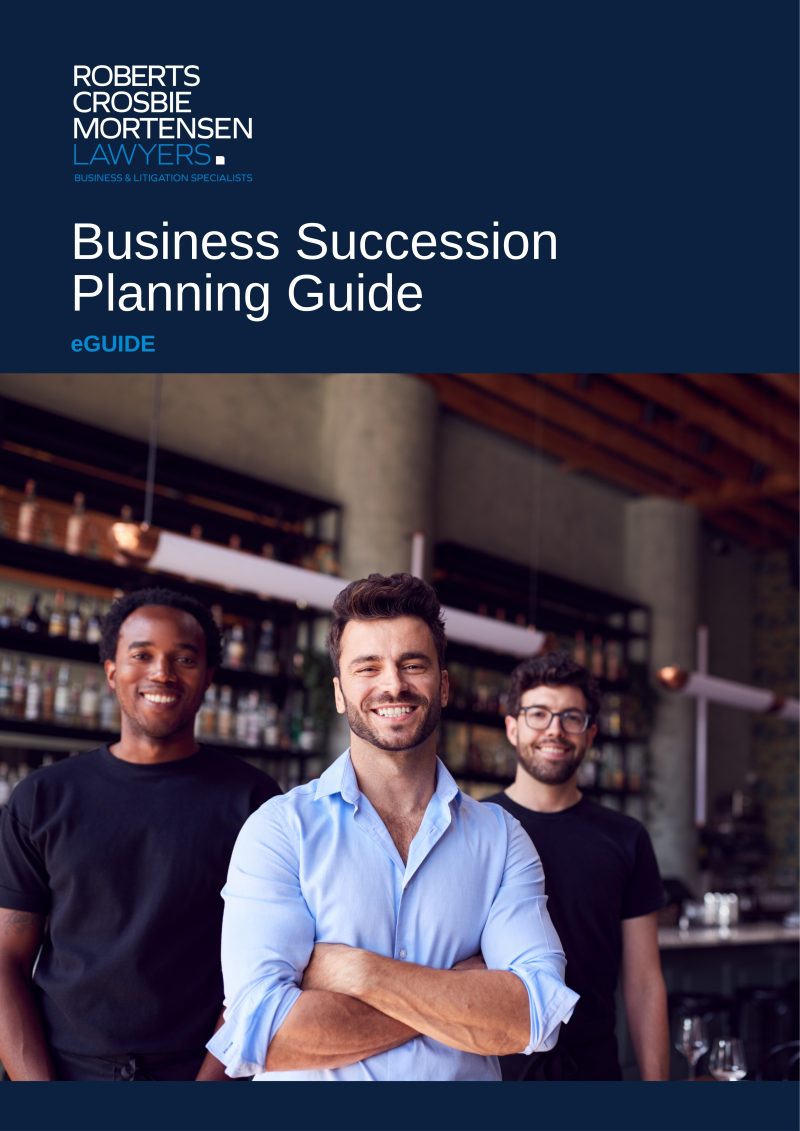The Small Business Restructure Rollover could be your answer.
The small business restructure rollover (SBRR) allows small businesses to transfer active assets to a new entity structure without incurring an income tax liability.
This, however, does not mean the restructure places the transferee in a better CGT position than the transferor, as the transferee inherits the asset with the same tax consequences, including cost base, as applied to the transferor.
The object is to facilitate flexibility for owners of small business entities to restructure their businesses, and the way their business assets are held. So long as the restructure is not unduly tax-driven, then the result could be a more tax effective structure.
For example, you may be a sole trader who is now genuinely concerned about protecting your personal assets as a result of a significant growth in your business, meaning you are now employing staff and engaging in much riskier contracts. You may be able to utilise the SBRR to transfer your active assets used to carry on your business into a family discretionary trust with a corporate trustee, which may ultimately provide some tax minimisation benefits, but is not the primary purpose of the restructure.
Eligibility
The SBRR is available where each party to the transfer is a small business entity (an entity that operates a business and has a turnover of less than $10m), an entity connected with a small business entity or an entity that has an affiliate that is a small business entity.
The SBRR only applies to actives assets, being assets that an entity owns and utilises in the course of its business, including capital gains tax assets, revenue assets, trading stock and depreciating assets.
Availability
If your entities meet the small business eligibility test, the residency requirement and the restructure concerns active assets, then both parties involved in the transaction can elect to apply the SBRR to avoid tax implications of a restructure where the restructure:
- is genuine and for an ongoing business, as opposed to a tax-driven/minimisation strategy, and
- will not result in a change to the ultimate economic ownership of the transferred assets.




